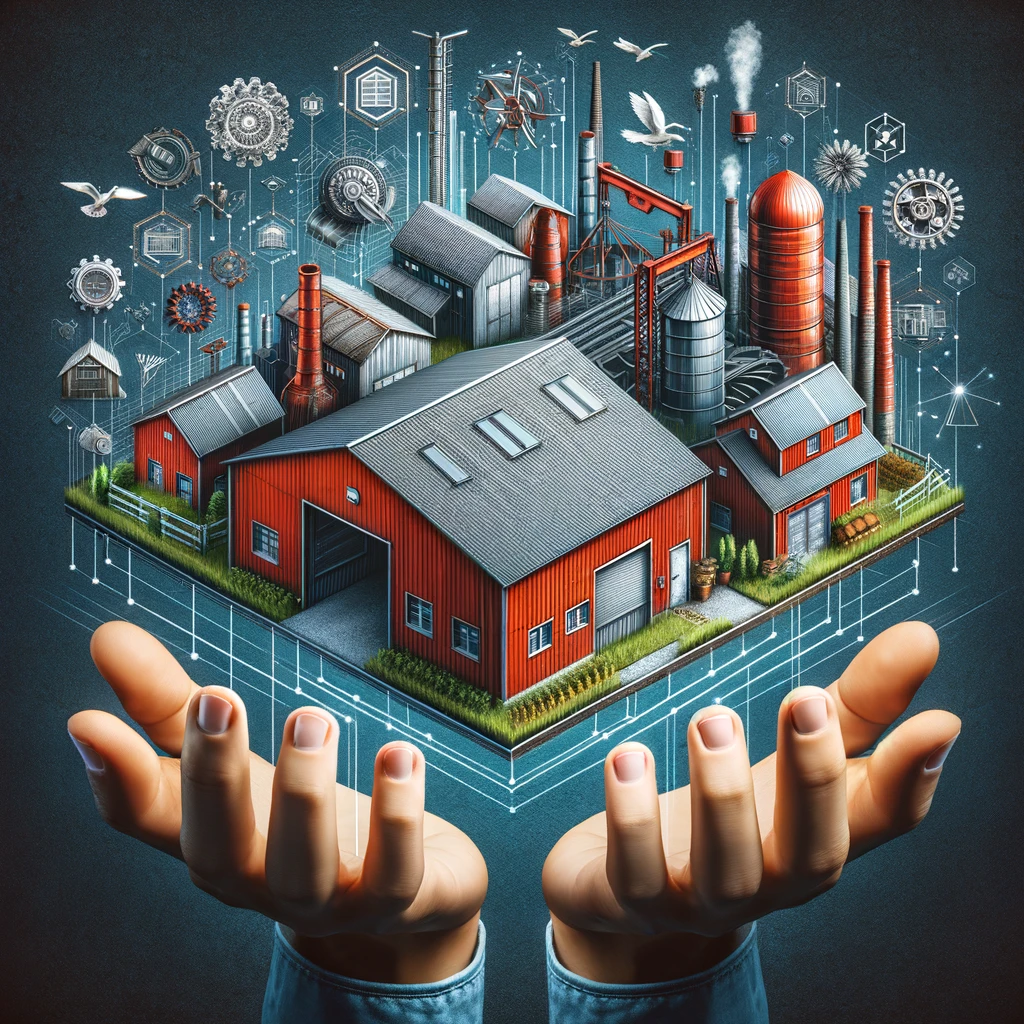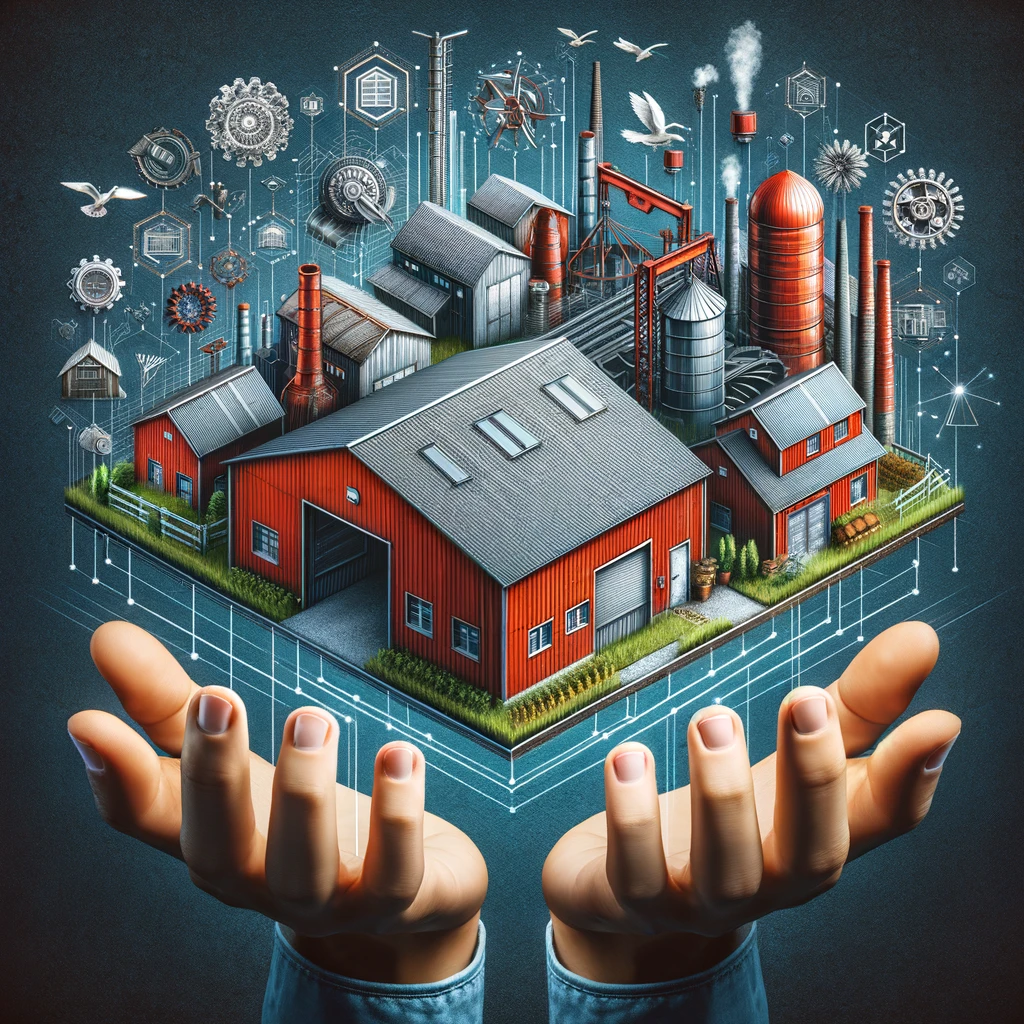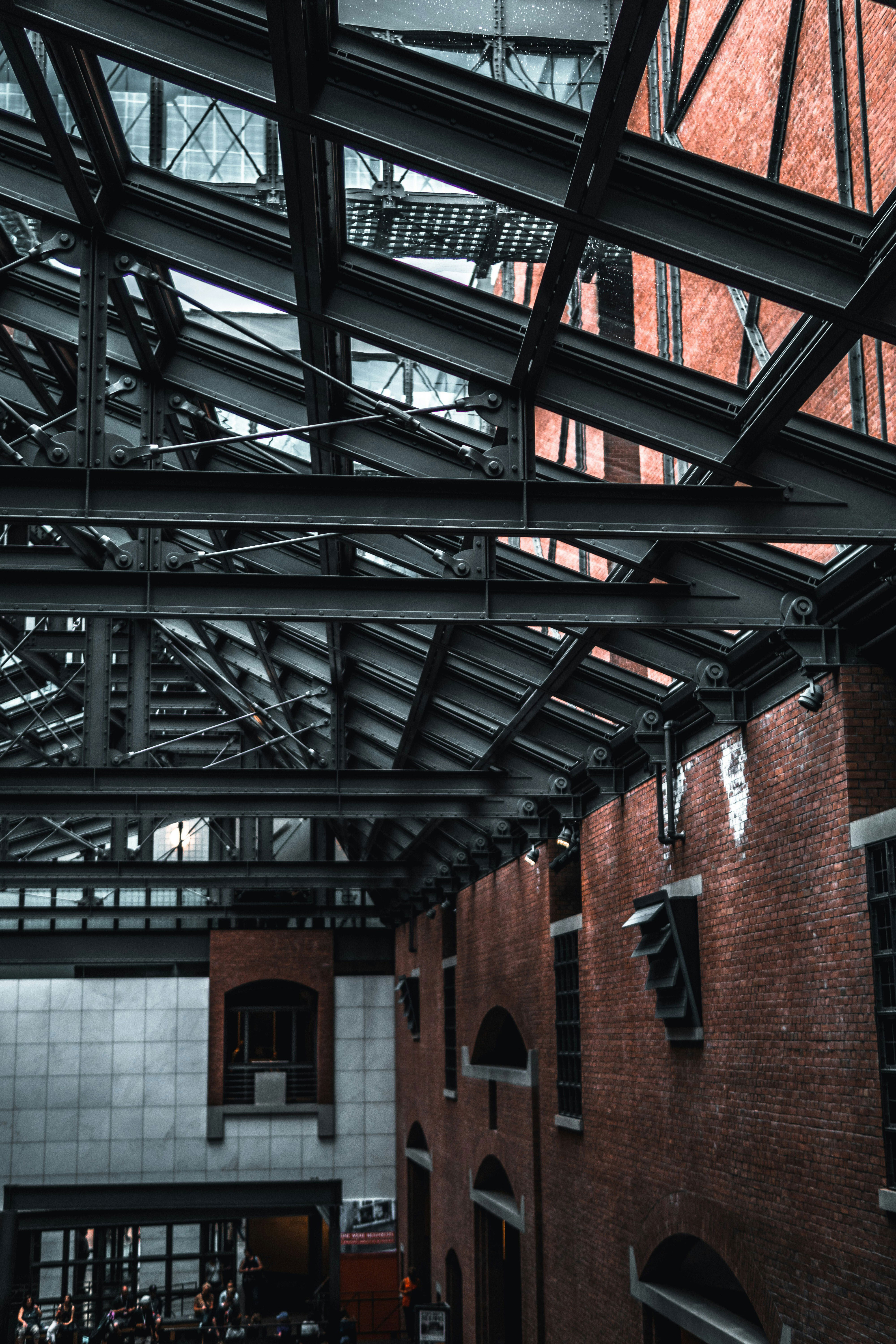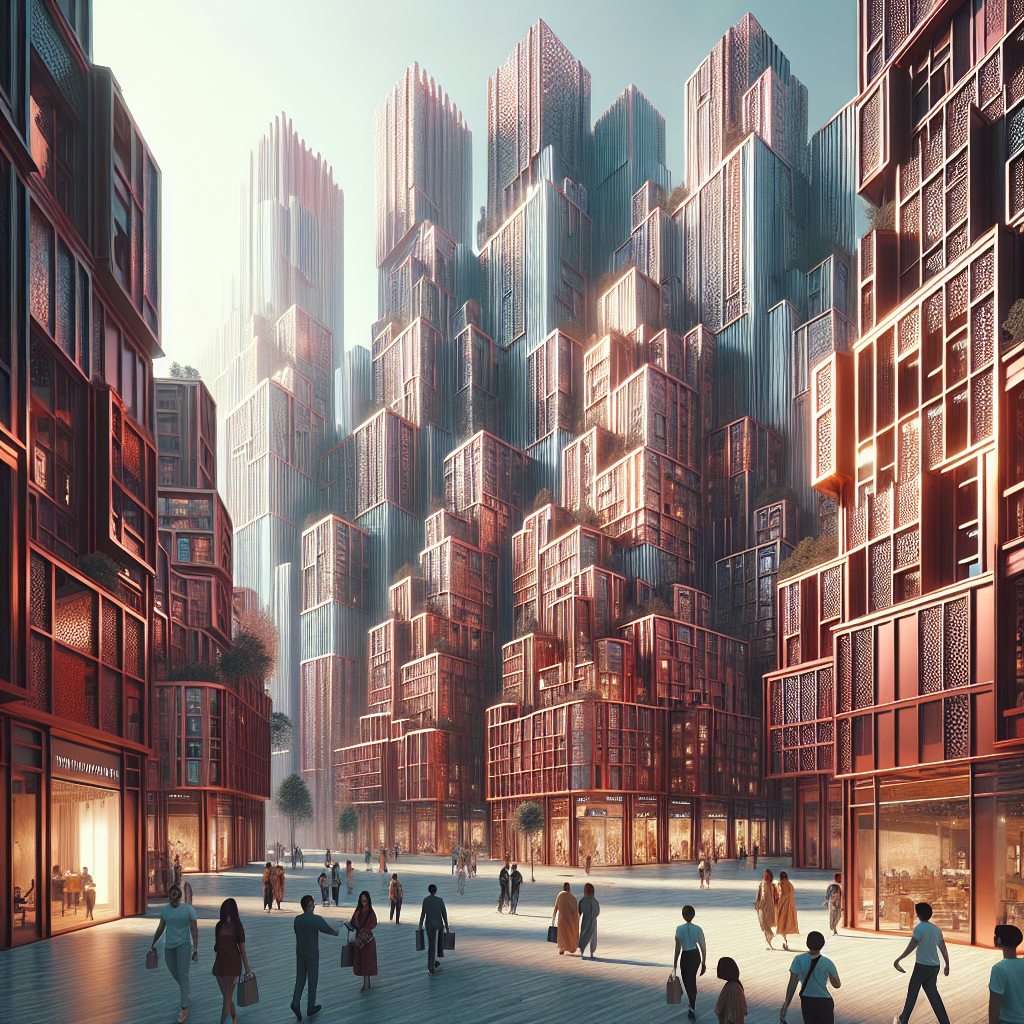Advantages of Red Iron Buildings

In the world of construction, red iron buildings have made a significant mark. Known for their strength and durability, these structures offer a host of benefits.
The term "red iron" refers to the reddish hue of the steel. This color results from a protective iron oxide coating, which guards against rust. This feature alone makes red iron buildings a popular choice in various settings.
From commercial and industrial to agricultural, these buildings stand tall. Their robustness makes them a safe and reliable choice, regardless of the climate. But their advantages extend far beyond their strength.
In this article, we delve into the world of red iron buildings. We explore their key features, benefits, and applications. Whether you're a contractor, architect, builder, or potential investor, this guide will shed light on why red iron buildings are a worthy consideration.
Join us as we uncover the advantages of red iron buildings. Discover why they might just be the perfect fit for your next construction project.
What Are Red Iron Buildings?
Red iron buildings are a type of steel structure. They are named for the reddish color of the steel, which is coated with iron oxide. This coating serves as a protective layer against rust, enhancing the durability of the structure.
These buildings are commonly used in commercial, industrial, and agricultural settings. Their robustness and resistance to various elements make them a preferred choice in these sectors.
From warehouses and manufacturing facilities to barns and storage silos, red iron buildings cater to a wide range of needs. Their versatility and strength make them a popular choice in the construction industry.
Key Features of Red Iron Buildings
Red iron buildings are known for their unique features. These features contribute to their popularity in the construction industry.
One of the key features of red iron buildings is their high degree of customization. This allows for a wide range of designs and sizes, catering to various needs.
#Another notable feature is their clear span capabilities.
This means there are no interior columns in these buildings, providing maximum usable space.
The following are some of the key features of red iron buildings:
- High degree of customization
- Clear span capabilities
- Resistance to fire, pests, and extreme weather conditions
- Support for heavy loads
- Low maintenance needs
- Environmentally friendly due to recyclability
These features make red iron buildings a preferred choice for many construction projects.
The Durability and Strength of Red Iron
Red iron is renowned for its durability and strength. These properties make it an ideal material for constructing buildings.
The strength of red iron allows it to support heavy loads. This makes it perfect for warehouses and manufacturing facilities.
Red iron buildings can withstand heavy snow loads. This makes them suitable for regions with harsh winters.
They are also resistant to shrinking, warping, and twisting. This ensures the longevity of the building's structure.
In this regard, the durability and strength of red iron make it a reliable choice for construction.
Customization and Design Flexibility
Red iron buildings offer a high degree of customization. This allows for a wide range of designs and sizes.
The clear span capabilities of red iron buildings mean there are no interior columns. This provides maximum usable space.
The flexibility of interior layout in red iron buildings is beneficial. It is especially useful for businesses that require custom floor plans.
Red iron buildings can be designed with mezzanines and multi-level floors. This maximizes vertical space.
In conclusion, the customization and design flexibility of red iron buildings cater to diverse needs.
Speed of Construction and Reduced Labor Costs
The construction of red iron buildings is typically faster than traditional structures. This is due to their prefabricated nature.
Prefabricated elements are quality controlled in a factory setting. They are then shipped to the construction site.
The bolt-together construction of red iron buildings allows for quick assembly. This reduces on-site labor costs.
In addition, red iron buildings can be easily expanded or modified in the future. This accommodates changing needs without significant construction work.
In conclusion, the speed of construction and reduced labor costs make red iron buildings a cost-effective choice.
Environmental Benefits and Sustainability
Red iron steel is 100% recyclable. This makes red iron buildings an environmentally friendly option.
The construction of these buildings also reduces waste. This is due to the prefabricated nature of the components.
Red iron buildings can be designed with energy-efficient features. These include windows, doors, and solar panels.
The use of red iron in construction contributes to a building's overall sustainability profile. It can even contribute to earning LEED certification points.
Therefore, red iron buildings offer significant environmental benefits and contribute to sustainability in construction.
Cost-Effectiveness Over Time
Red iron buildings are often more cost-effective in the long run. This is due to their longevity and low maintenance needs.
These buildings require minimal maintenance over their lifespan. This saves owners time and money.
The non-combustible nature of red iron steel can lead to lower insurance premiums. This is another way these buildings save money over time.
The resale value of red iron buildings remains high. This is due to their lasting quality and appeal.
Hence, red iron buildings are a cost-effective choice. They offer long-term savings and a good return on investment.
Safety and Resistance to Elements
Red iron buildings are known for their safety features. They are resistant to fire, pests, and extreme weather conditions.
These buildings can withstand heavy snow loads. This makes them suitable for regions with harsh winters.
They are less likely to suffer from issues like mold, mildew, or termites. These issues often affect wood structures.
The use of red iron in construction can contribute to earning LEED certification points. This is due to its fire resistance and other safety features.
Thus, red iron buildings offer superior safety and resistance to elements. This makes them a reliable choice for various climates and conditions.
Applications of Red Iron Buildings
Red iron buildings are versatile and can be used in various settings. They are often used in commercial, industrial, and agricultural settings due to their robustness.
These structures are ideal for warehouses and manufacturing facilities. Their strength allows for the support of heavy loads.
Red iron buildings are also used for airplane hangars, auto shops, and sports arenas. Their clear span capabilities provide maximum usable space.
In rural and agricultural settings, they are used for barns and storage silos. Their durability and low maintenance needs make them a practical choice.
Accordingly, the applications of red iron buildings are diverse. They can be used for both temporary and permanent structures, making them a versatile choice for various needs.
Conclusion: Why Choose Red Iron Buildings?
Red iron buildings offer numerous advantages. They are durable, strong, and resistant to various elements. This makes them a reliable choice for a wide range of applications.
These structures are cost-effective in the long run. They require minimal maintenance and can withstand heavy loads and extreme weather conditions.
Red iron buildings are also environmentally friendly. They are 100% recyclable and can be designed to improve energy efficiency.
Overall, choosing red iron buildings is a smart decision. They provide a reliable, cost-effective, and sustainable solution for various construction needs.


